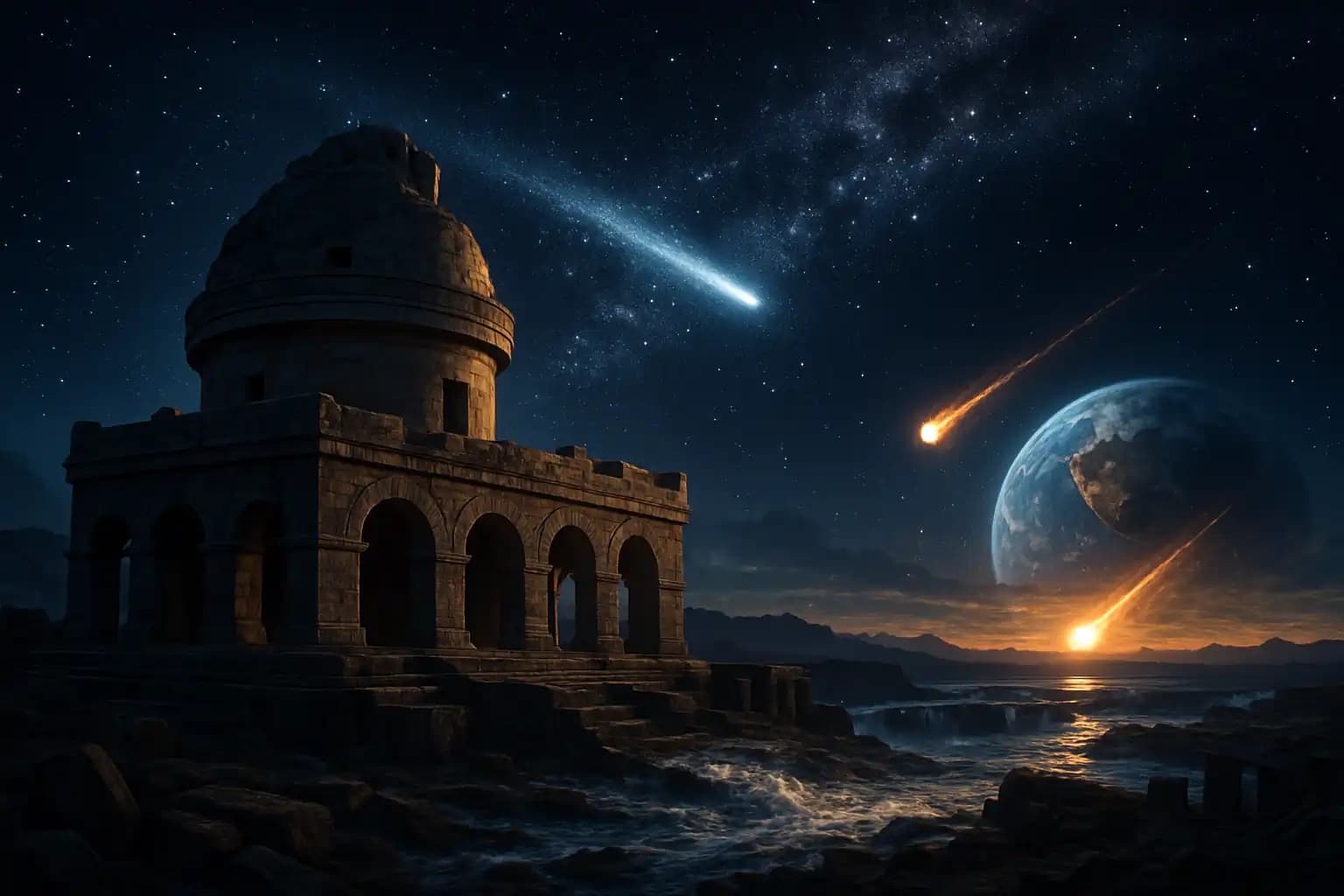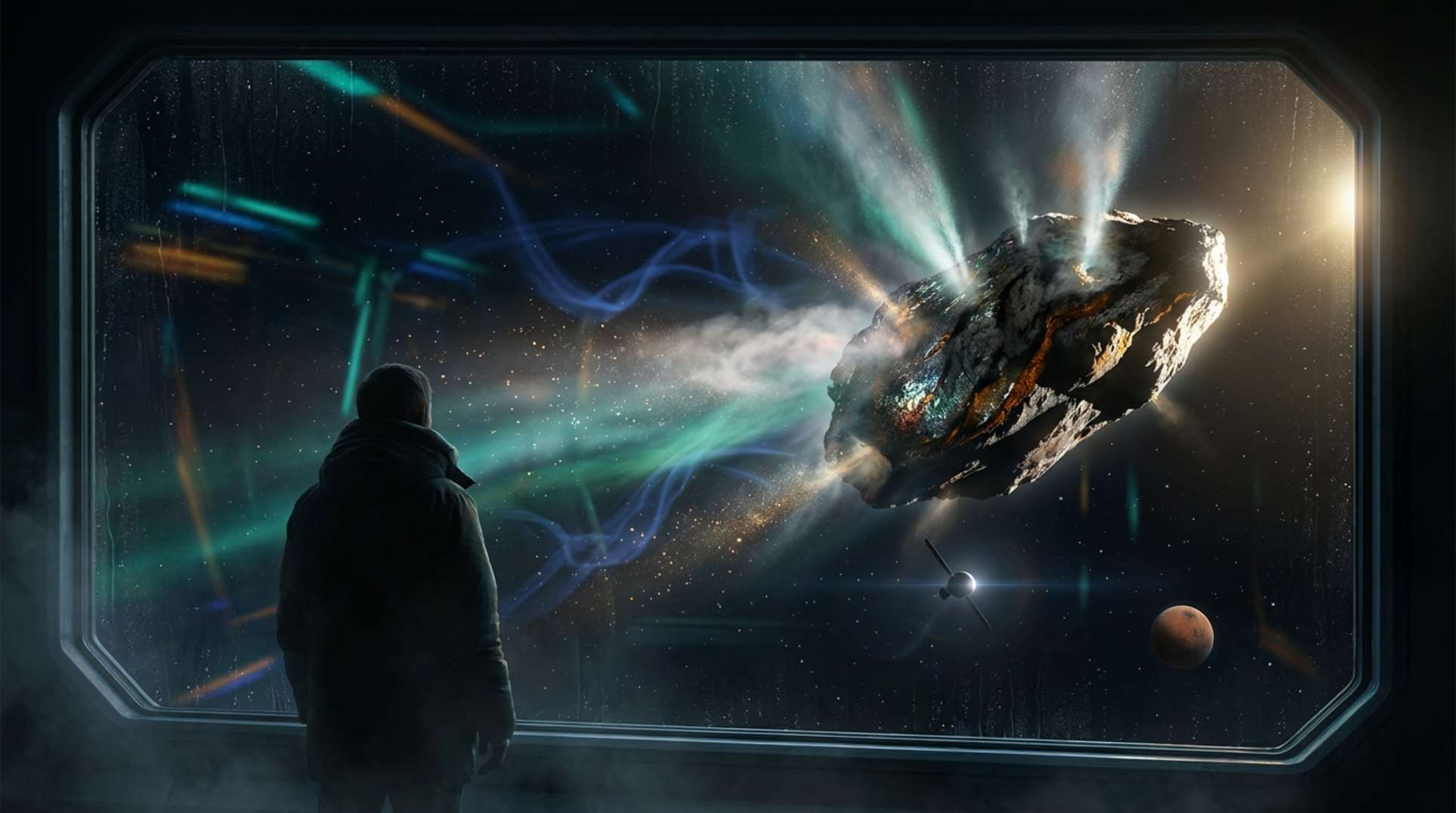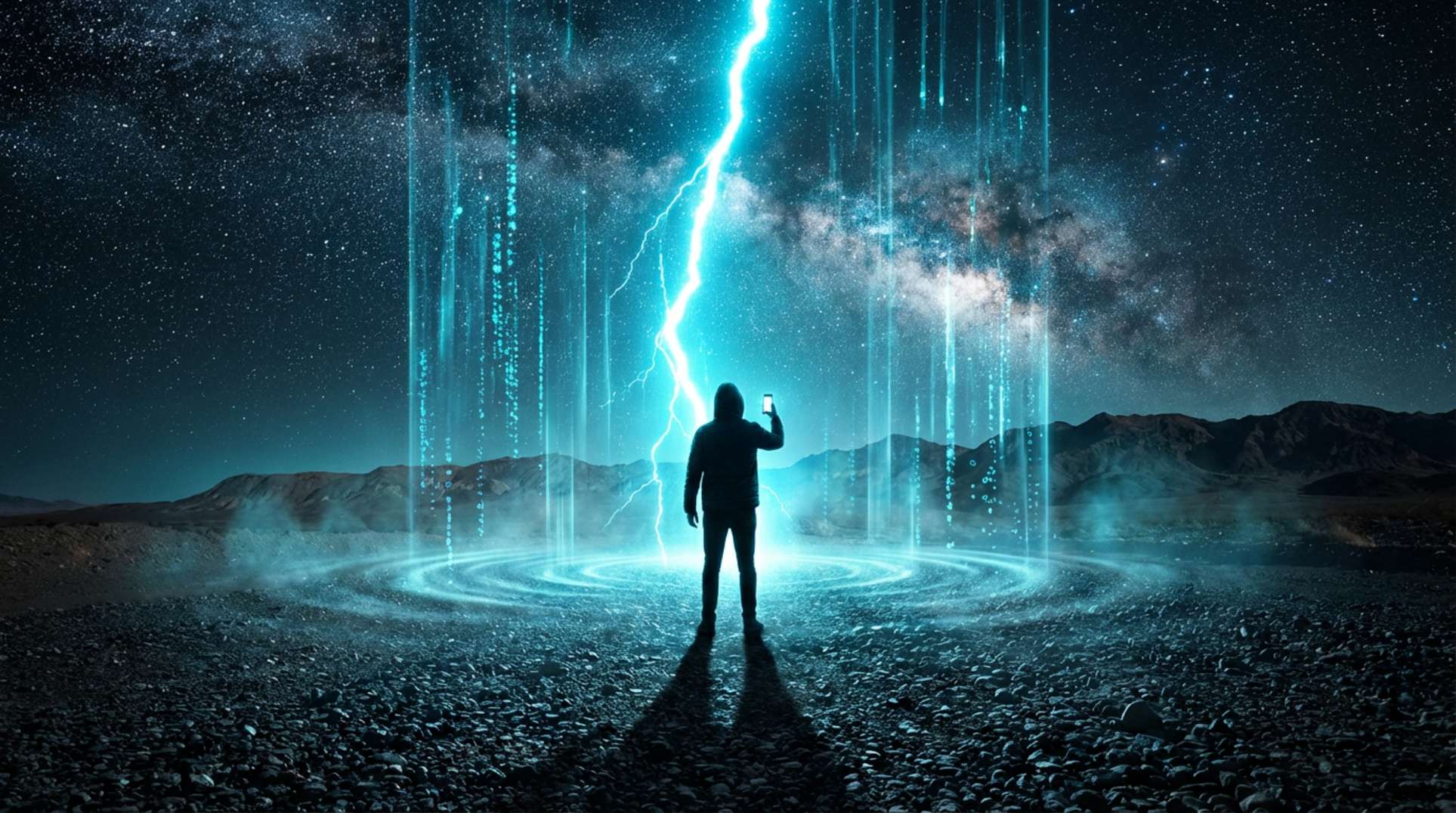Fans of doomsday scenarios, take note: You’ve been thinking too small.
Understanding the 26,000-Year Precessional Cycle
Axial precession—the slow, gravity-driven wobble in Earth’s spin—completes one full cycle roughly every 26,000 years (Wikipedia’s scientific background). As the axis shifts, star positions change, impacting Earth’s climatic stability. Carlson’s talk at the Cosmic Summit integrates geology, astronomy, and mythology. He argues that ancients recognized these wobbles and encoded warnings in their monuments. This isn’t just mystery; serious studies link chaos—like ice ages and mass extinction events—to these cosmic cycles (evidence from sacred geometry).
Cataclysms and Lost Civilizations: Is the Clock Behind the Collapse?
Have you ever wondered why history seems full of sudden collapses—flood myths, drowned lands, and vanished mega-cities? Carlson claims it’s no coincidence. Each tick of the 26,000-year clock triggers violently disruptive cosmic or geological events. The Younger Dryas—the cold snap and mass extinction about 12,800 years ago—serves as a key example of the cycle’s power (Randall Carlson’s further analysis and scientific overview). Many see hints of advanced, now-lost, societies beneath jungles and polar ice—think satellite finds of underground ruins at Giza and investigations into underground cities.
This cyclic apocalypse narrative is dramatic—a sharp contrast to the tidy “march of progress” story in most textbooks. But blink, and you’ll see the evidence: synchronized global myths about floods, fire, or chaotic skies, all arriving with suspicious regularity. The ancients weren’t primitive; they chronicled a cosmic warning system our hubristic age risks ignoring.
Science, Skepticism, and Cataclysmic Possibilities
Despite cosmic cycles gaining attention at conferences and on podcasts, mainstream science remains skeptical. Critics label these doom theories as modern geomyth-making. However, mounting evidence becomes harder to ignore with each archaeological discovery and sediment core. For every strong link, there’s caution: not every global cataclysm aligns neatly, nor does every ancient monument serve as a survival manual. In a world where even top physicists worry about AI going rogue or civilization resetting in a blink (macro reset analysis), many now prepare for potential threats.
The result is a lively debate, fueled by passionate voices—and the occasional government white paper—about whether we’re skating along a razor’s edge of periodic resets. Wild weather, anomalous magnetic data (solar cycle investigations), and unexplained archaeological finds feed this narrative.
Facing the Next Reset: Lessons from the Cosmic Summit
What should we do with this knowledge? Beyond adding another can to the bunker—or a telescope? Carlson’s advice, echoed by communities monitoring magnetosphere changes, is timeless: pay attention. Study Earth’s cycles, observe the skies, and heed warnings carved into myth, stone, or sacred site architecture. Recent discussions about hidden threats (exposé on buried dangers) and debates regarding the potential erasure of ancient worlds (further reading) push us to reconsider our understanding of time, destiny, and survival.
This narrative is ongoing, with each core sample and new monument unearthed by satellite. Want to stay ahead of the cosmic curve? Remain skeptical, stay vocal, and—above all—stay tuned, perhaps at Unexplained.co, where cataclysms, cycles, and civilization resets await daily exploration. If civilization does reboot, may the next generation learn to read the cosmic clock better than we did.




